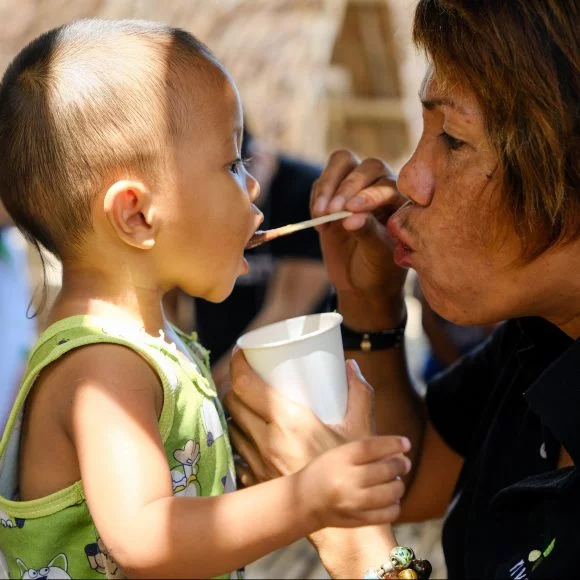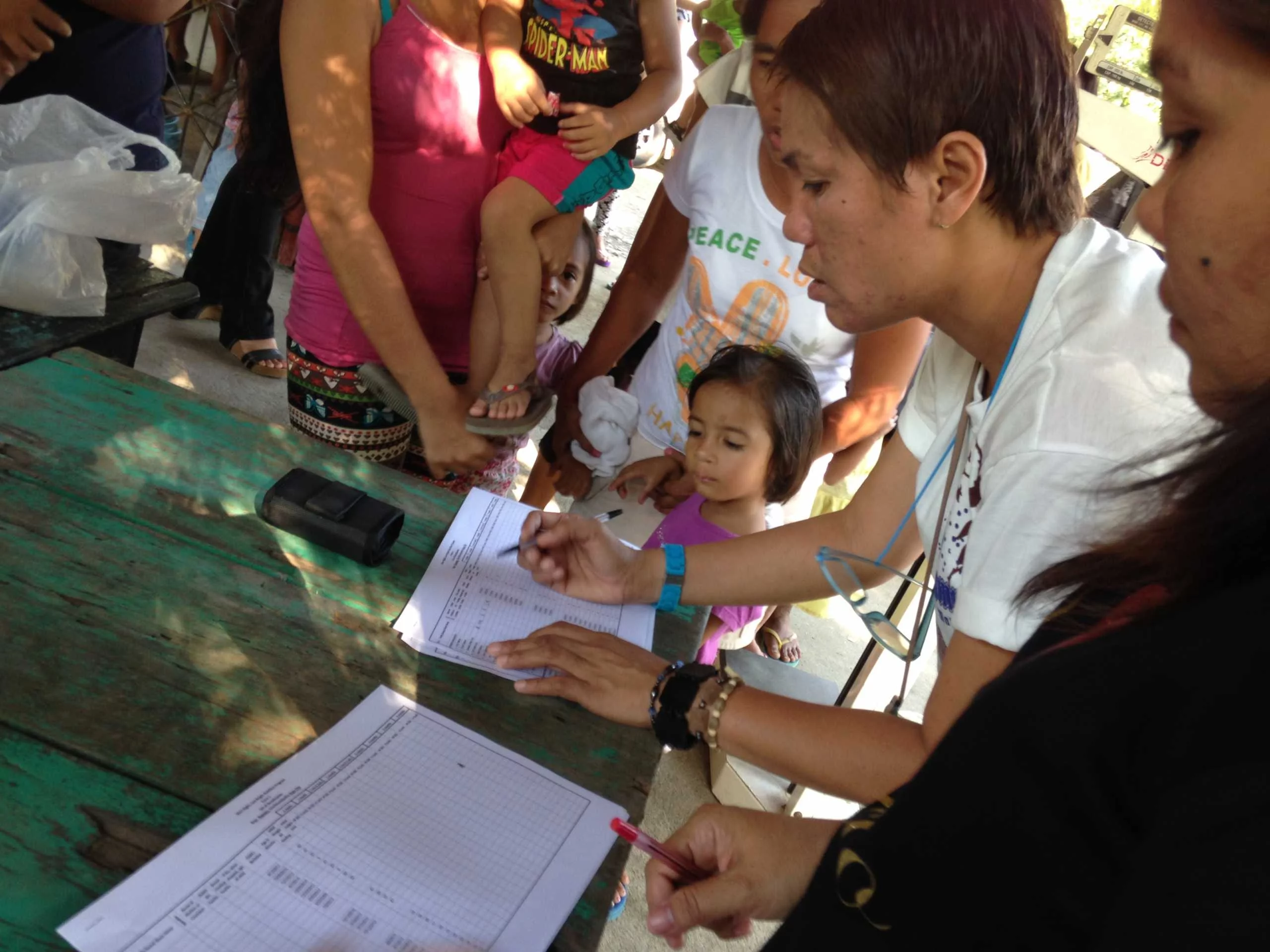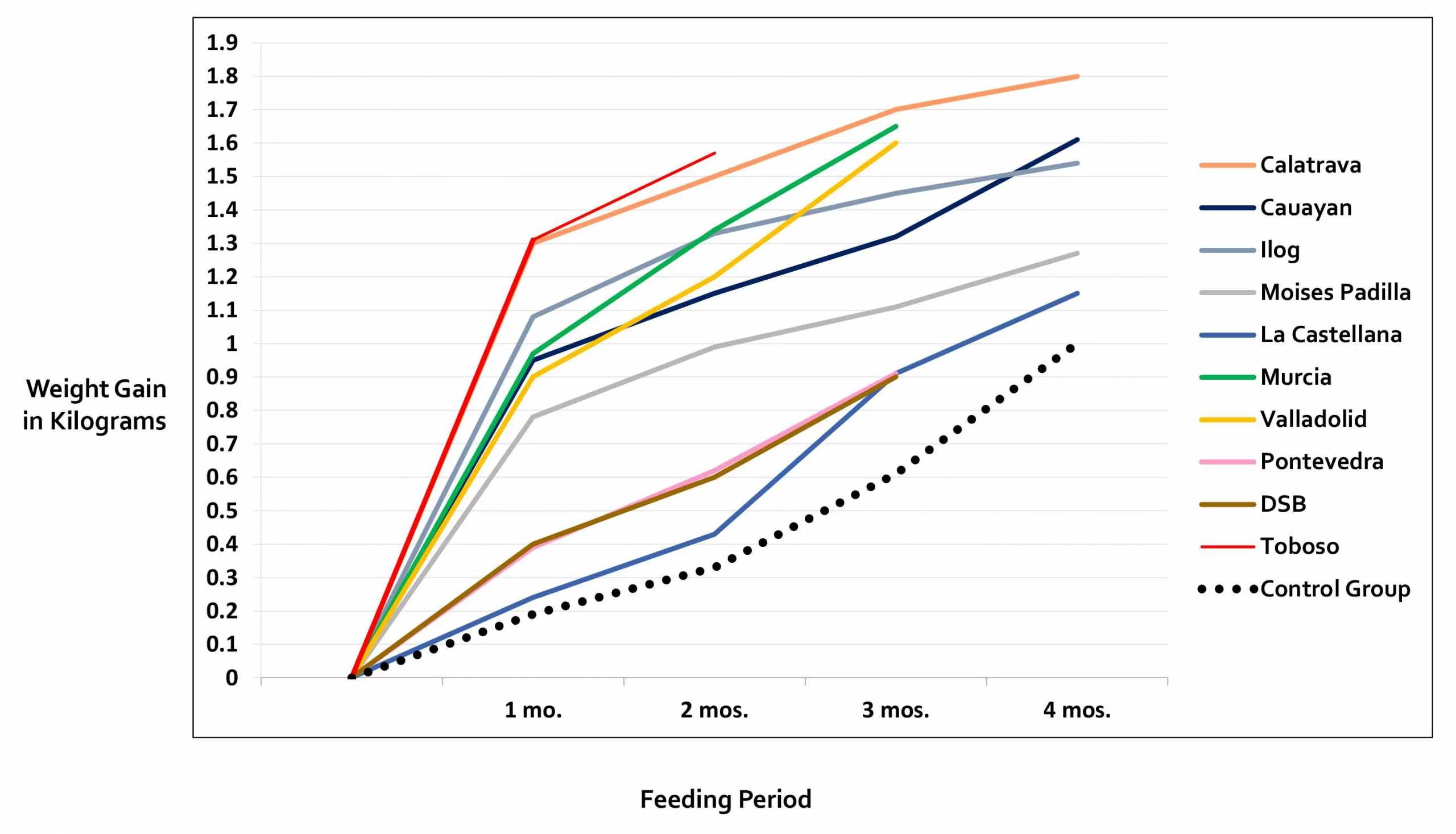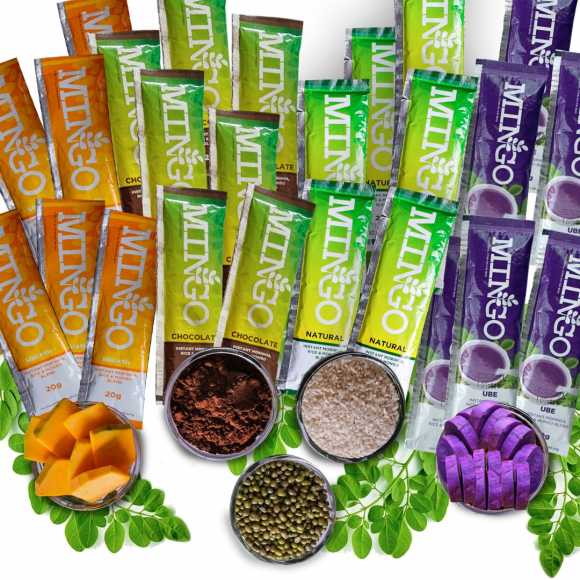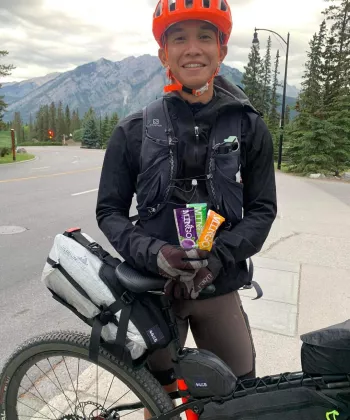MINGO MEALS NUTRITION PROGRAM
NVC runs a nutrition program using Mingo for children of impoverished families to help them build strong bodies and sharp minds. Our approach is very holistic and systematic. We have recently begun applying a protocol that we based on the model program being used in Peru that has been showing signs of long-term improvements. Not only do we provide complementary food in the form of Mingo Meals, we also provide incentives that encourage participating families to stick to the program. The better families adhere to the program, the more incentives they earn! These can be used to “shop” for food at our quarterly community pantry which we stock on the day of free medical check-ups and health consultations.
Targeting the Early Years
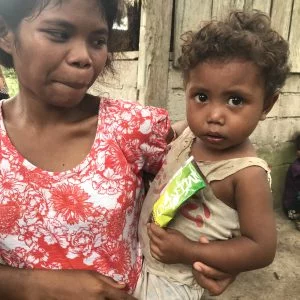
NVC’s Mingo Meals nutrition program focuses mainly on clusters of children aged 6–60 months living in in deprived communities. This fills a gap in the nutrition of infants and toddlers. Most of government and NGO feeding programs focus on children 5 years and older, administered either in day care or elementary school.
We also run some special programs for older children that make use of our Mingo Meals, sometimes with the addition fresh produce. To encourage children to go to school, the meals are served at school.
Good Nutrition Starts at Home
NVC’s protocol for those below 5 years of age is usually home-based. This makes it easier for the parents or guardians who may be too busy to go to a feeding center on a daily basis.
Hands-On Monitoring
When we enroll children in our Mingo Meals Nutrition Program, we record their starting height and weight. We then monitor the children’s progress monthly throughout the program’s duration. At the start of the program, we orient parents and guardians onthe importance of proper nutrition, give instructions on preparing Mingo. Field officers conduct regular visits to check on beneficiaries.
Incentives to Keep Families on Track
Recently, Peru tried a different approach to feeding programs and it was very successful and so we decided to take a page from their book. When we adopted the Peru model, we initiated additional services to improve the overall effectivity of the program. We began offering services like quarterly health check-ups and wellness counseling. When families complete tasks such as coming in for these check up or keeping their children’s Mingo passports updated, they earn points. Families can use these points to go ‘shopping’ for food and essentials at the community pantry after quarterly check-ups.
Sponsor a child today!
For P8.000, you can enroll an undernourished child in our one-year Mingo Meals nutrition program. There are so many children in need of better nutrition and smaller donations are always welcome. We pool the donations so we can sponsor as many children as we can.

